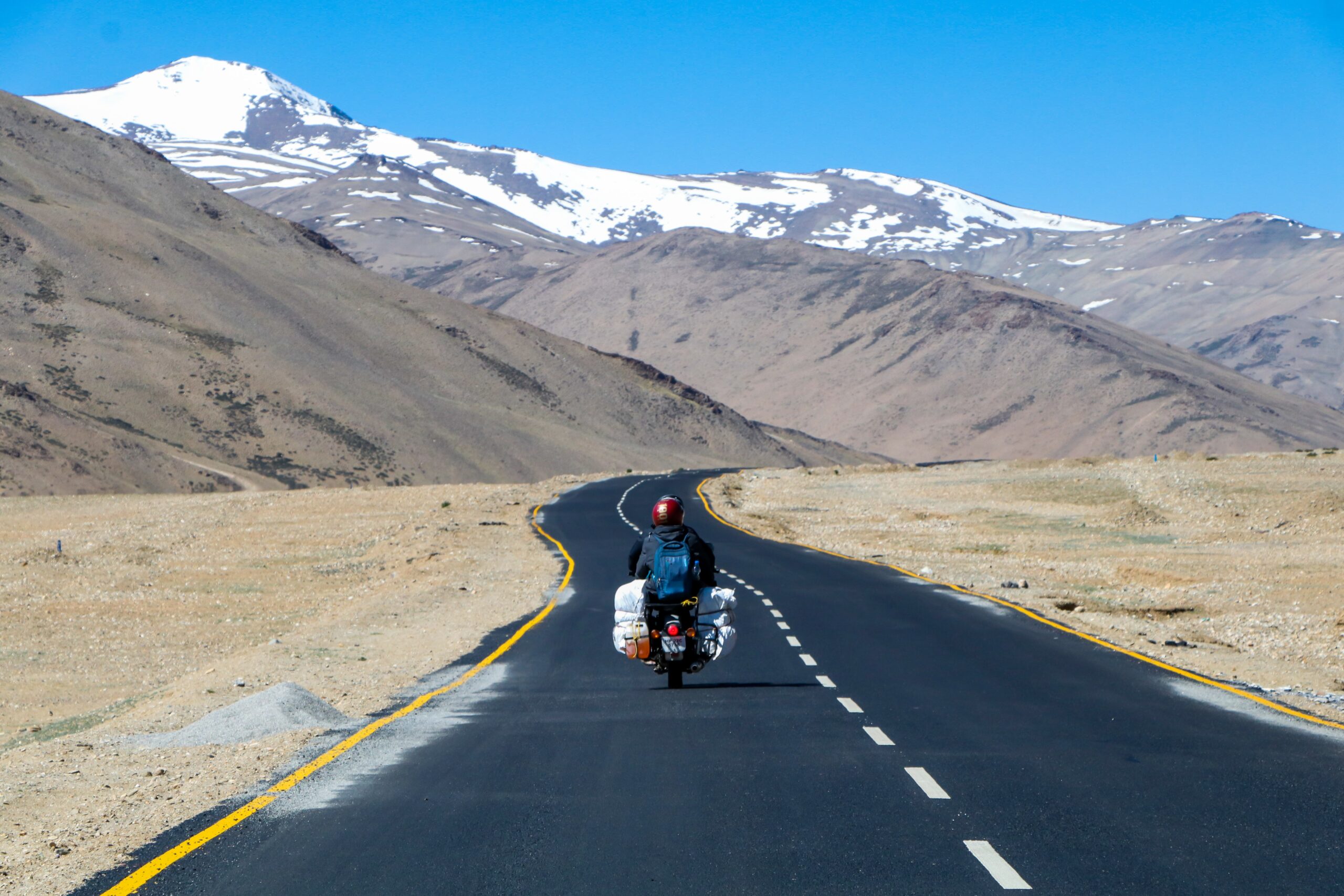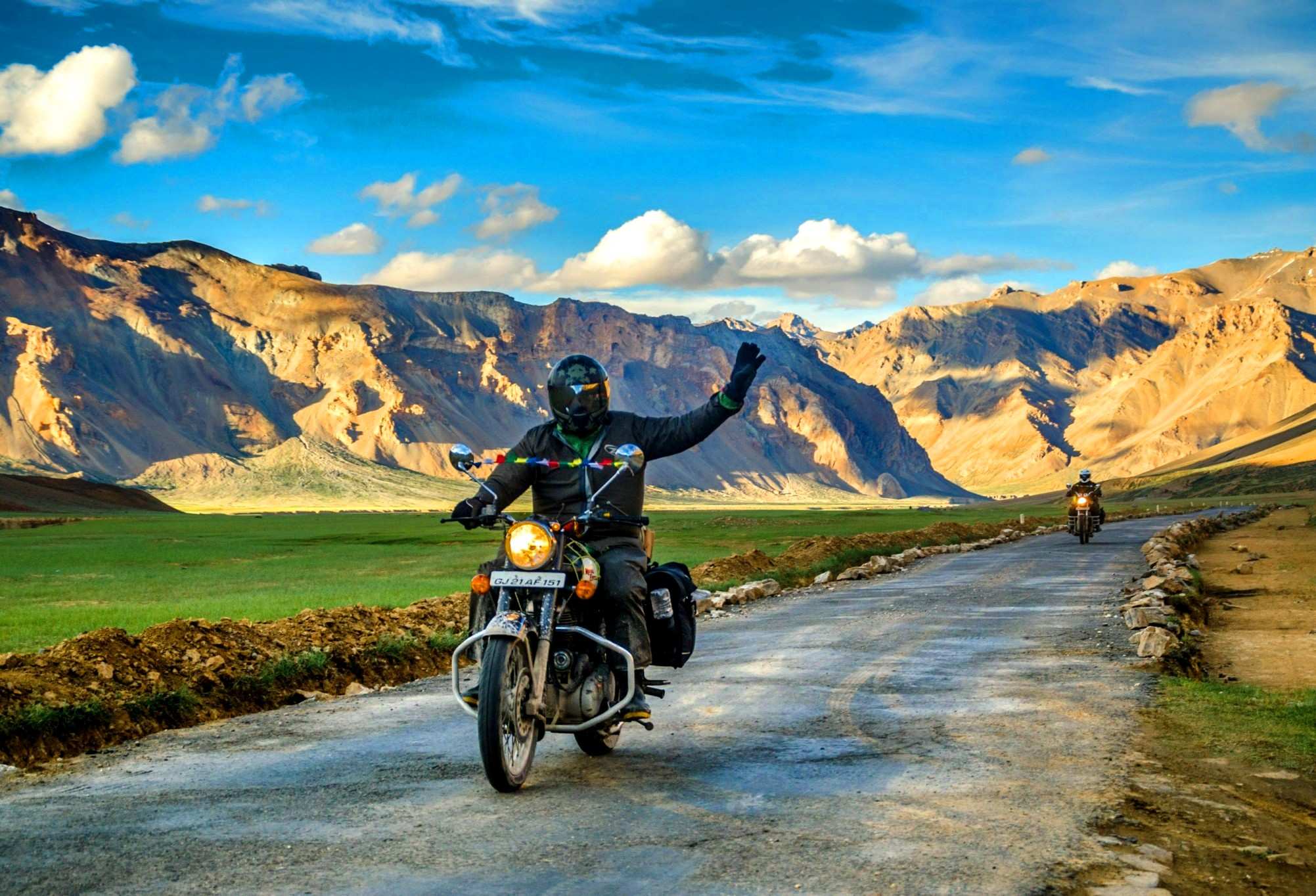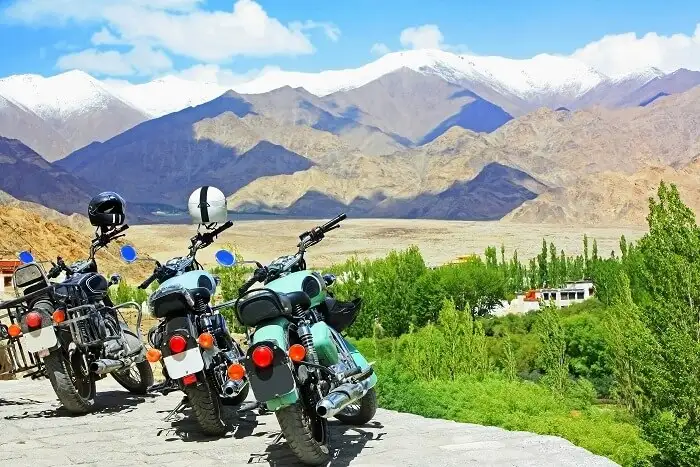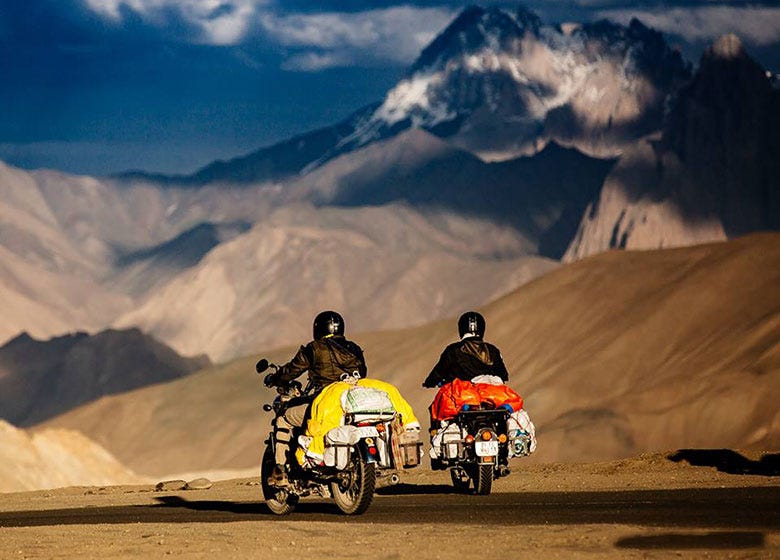As of my last knowledge update in January 2022, the Tarsar Marsar Trek is a popular trekking route located in the Kashmir Valley of India, specifically in the Aru Valley in Pahalgam. This trek offers stunning views of pristine alpine lakes surrounded by snow-capped peaks and lush meadows. Here are some key details about the Tarsar Marsar Trek:
1. Location:
The trek is situated in the state of Jammu and Kashmir, in the northern part of India.
It typically starts from the Aru Valley, which is about 12 kilometers from Pahalgam.
2. Duration:
The trek usually takes around 7 to 9 days to complete, depending on the specific route and weather conditions.
3. Highlights:
Tarsar Lake and Marsar Lake are the primary attractions of this trek. These high-altitude lakes are surrounded by meadows, alpine flowers, and snow-clad mountains.
The trek offers breathtaking views of peaks like Kolahoi and other mountains of the Kashmir Valley.
As of my last knowledge update in January 2022, the Tarsar Marsar Trek is a popular trekking route located in the Kashmir Valley of India, specifically in the Aru Valley in Pahalgam. This trek offers stunning views of pristine alpine lakes surrounded by snow-capped peaks and lush meadows. Here are some key details about the Tarsar Marsar Trek:
1. Location:
The trek is situated in the state of Jammu and Kashmir, in the northern part of India.
It typically starts from the Aru Valley, which is about 12 kilometers from Pahalgam.
2. Duration:
The trek usually takes around 7 to 9 days to complete, depending on the specific route and weather conditions.
3. Highlights:
Tarsar Lake and Marsar Lake are the primary attractions of this trek. These high-altitude lakes are surrounded by meadows, alpine flowers, and snow-clad mountains.
The trek offers breathtaking views of peaks like Kolahoi and other mountains of the Kashmir Valley.
Day 1 : Srinagar To Aru Base Camp
Day 2 : Aru To Lidderwat
Day 3 : Lidderwat To Shekwas
Day 4 : Shekwas To Tarsar And Explore Tarsar
Day 5 : Tarsar To Sundarsar
Day 6 : Visit Marsar And Then Homwas
Day 7 : Homwas To Aru And Drive Srinagar
Day 1-Srinagar to Aru Valley
Drive from Srinagar to Pahalgam and then to Aru Valley.
The trek usually begins from Aru, which is the starting point for the Tarsar Marsar Trek.
Acclimatization day in Aru Valley.
Day 2-Aru Valley to Lidderwat
Trek from Aru Valley to Lidderwat.
The trail passes through lush meadows and pine forests.
The campsite at Lidderwat is beside the Lidder River.
Day 3-Lidderwat to Sheeshnag
Trek from Lidderwat to Sheeshnag.
The route involves crossing a stream and climbing up to reach the Sheeshnag campsite.
Sheeshnag is known for its beautiful high-altitude lake.
Day 4-Sheeshnag to Tarsar Lake
Trek from Sheeshnag to Tarsar Lake.
The trail takes you through scenic landscapes with views of snow-clad peaks.
Tarsar Lake is a highlight of the trek, surrounded by meadows.
Day 5-Tarsar Lake to Marsar Lake
Trek from Tarsar Lake to Marsar Lake.
The trail may involve crossing a mountain pass.
Marsar Lake is another picturesque high-altitude lake.
Day 6-Marsar Lake to Homwas
Trek from Marsar Lake to Homwas.
The trail descends, offering different views of the surrounding mountains.
Homwas is a campsite in a serene meadow.
Day 7-Homwas to Aru Valley
Trek from Homwas to Aru Valley.
Descend through meadows and forests to reach Aru Valley.
Drive back to Srinagar or your onward destination.
By Air :-
Dehradun’s Jolly Grant Airport is the airport serving Dehradun, located approximately 25 km from the city. There is a daily flight from Delhi to Dehradun. Come at some point early if you are making plans to return home via flight.
By Train :-
Take a one-day trip from Delhi to Dehradun.
- Nandadevi Express – Train no: 12205 (Departure 11:50pm; Arrival – 5:40am)
- Dehradun Express – Train no: 12687 (Departure – 9:10pm; Arrival – 5:00am)
By Bus:-
There is a normal bus provider from Delhi to Dehradun and from Delhi to ISBT Kashmere Gate. We would recommend you take the most effective government buses from ISBT Kashmere Gate. Private buses ply from outdoor ISBT and they’re now no longer agreeable with worthiness. Usually, buses drop you at Dehradun ISBT. From there, you need to come to Dehradun Railway Station.
Includes
- Meals during the trek
- Transportation from Dehradun to Sankri and back to Dehradun.
- Dinner on arrival day in Sankri
- Forest Permits/Camping Charges (only if availing transportation through A1 Himalayas). Included only up to amount charged for Indian Nationals
- Tents, Sleeping bags, mats
- Safety Equipment includes static rescue rope, seat harness, carabiners, pulleys
- Trek guide, cook, helpers, porters & mules for carrying common luggage
- Services of a Certified Trek Leader
Excludes
- Meals during road journeys
- Carriage of Personal Bags during the trek
- Any kind of Insurance
- Any expense of personal nature
- Any expense not specified in the inclusion list.
Note :
Normally a1himalayas expect to carry your personal luggage on your own, if you wish to offload your backpack, you can give it to Mule.
Charges of offloading backpack:- Contact Us
The backpack cannot weigh more than 11 kgs. Backpack should have waterproof cover. Suitcases/strolleys/ bags will not be allowed.
Paying the Trek /Tour fee:
The fee can be paid by online transfer/Check deposit/Cash deposit/Demand draft. Instruction for payment will be forwarded along with your confirmation email. When your transfer is done, please e-mail us a confirmation mail with your transfer details, so that we can follow up your reservation efficiently.
1) Trekking Shoe/Snow Shoe
2) Rucksack/Back Pack
3) Rucksack cover (Waterproof)
4) Daypack/Knapsack
5) Undergarments/Innerwear
6)Woolen socks
7) Woolen gloves
8) Waterproof gloves
9) T-shirt
10) Trek pants
11) Camp sandal
12) Balaclava/Woolen skull
cap/Monkey Cap
13) Sun cap/Wide-brimmed
Hat/Bandana
14) Walking Sticks/Trekking
Poles/Ski Poles
15) Heavy Jacket
16) Windproof Jacket/Wind
Cheater
17)Raingear/Poncho/Waterproof clothing
18) Water bottle/Hydration pack
19) Sunscreen lotion
20) Sunglasses
21) ChapStick/Cold &
Moisturizing cream
22) Toothbrush and toothpaste
23) Towel
24) Hand sanitizer
25) Tissue roll ( Toilet)
26) Anti Fungal Powder
27) Torch/Head Lamp with extra batteries
28) Knee cap
29) Camera with extra cells
30) Dry food items
31) Personal first-aid kit
32) Medicines (This is a simple
guide line and a doctor’s
consultation is recommended.)
Altitude is a risk. Before you begin the trek, you should be aware of the effects of high altitude on your body. Acute Mountain Sickness (AMS) symptoms include a moderate headache, nausea, and overall discomfort.
Reponse: If you have any of these symptoms, notify the trek leader immediately and follow his advice. To deal with the scenario, each campsite contains a stretcher, a fully prepared first aid kit, and oxygen cylinders.
Weather Risk : No one can guarantee snow, rain, or sunlight, even if we keep a constant eye on the weather. Please keep in mind that your safety is our primary priority, and if the weather isn’t cooperating, we won’t leave the campsite.
Response: The choice to go or wait for better weather will be made solely by the Trek Leaders and Guides.
Risk: Injury is a possibility. While trekking across difficult terrains, minor injuries such as calf sprains, bruising, and other minor ailments are prevalent. Serious injuries, such as fractures or significant cuts, are quite uncommon.
Response: All of our Trek Leaders are trained in wilderness first aid. They’ve been taught to deal with emergencies and have a well-stocked first-aid equipment to deal with minor injuries. In the event of major injuries, the patient is carried to the nearest road-head on a stretcher and taken to the nearest medical facility.
DO’S AND DON’TS ON A TREK
1. Alcohols or any other intoxicating products ‘’STRICTLY PROHIBHITED’’
during the trek.
2. Always pay heed to the trek guides or instructors.
3. Try not to leave the group under any circumstances.
4. Avoid trekking during the nights as it is extremely dangerous.
5. Avoid using earphones as that might hinder your hearing.
6. Do not participate or encourage littering of the places in any form.
7. While visiting the local villages and tourist sites, obey the local guidelines
and instructions.
8. Do not harm or interrupt the local sentiments of the places.
IMPORTANT:
Your safety is of paramount concern while traveling with A1 Himalayas.
Please note that your leader has the authority to amend or cancel any part of
the itinerary if it is deemed necessary due to safety concerns. Since adventure
entails traveling in remote mountainous regions, we cannot guarantee that we
will not deviate from it. Weather conditions, health condition of a group
member, unexpected natural disasters, etc., can all contribute to changes in
the itinerary. The leader will try to ensure that the trip runs according to plan,
but please be prepared to be flexible if required.






